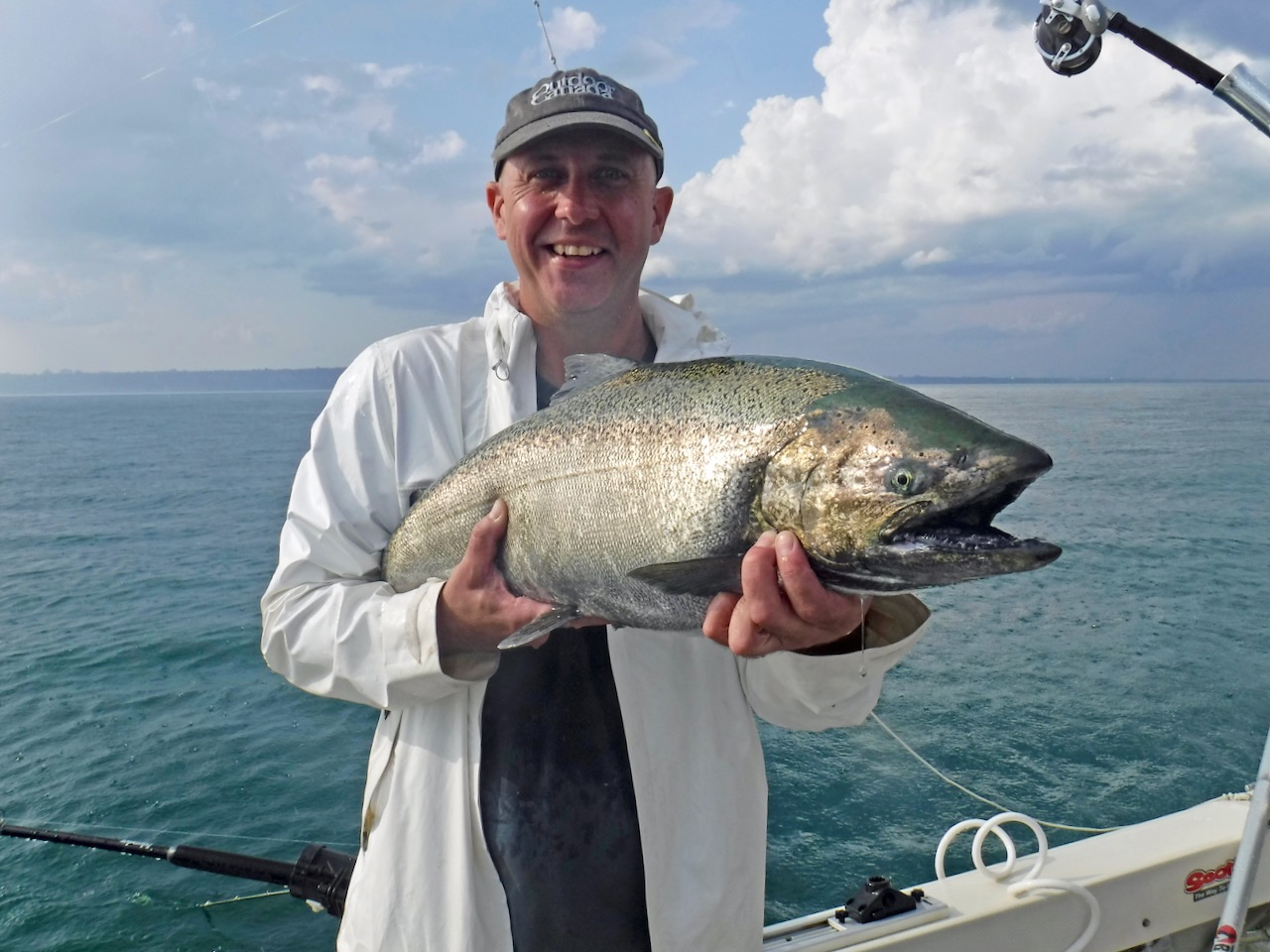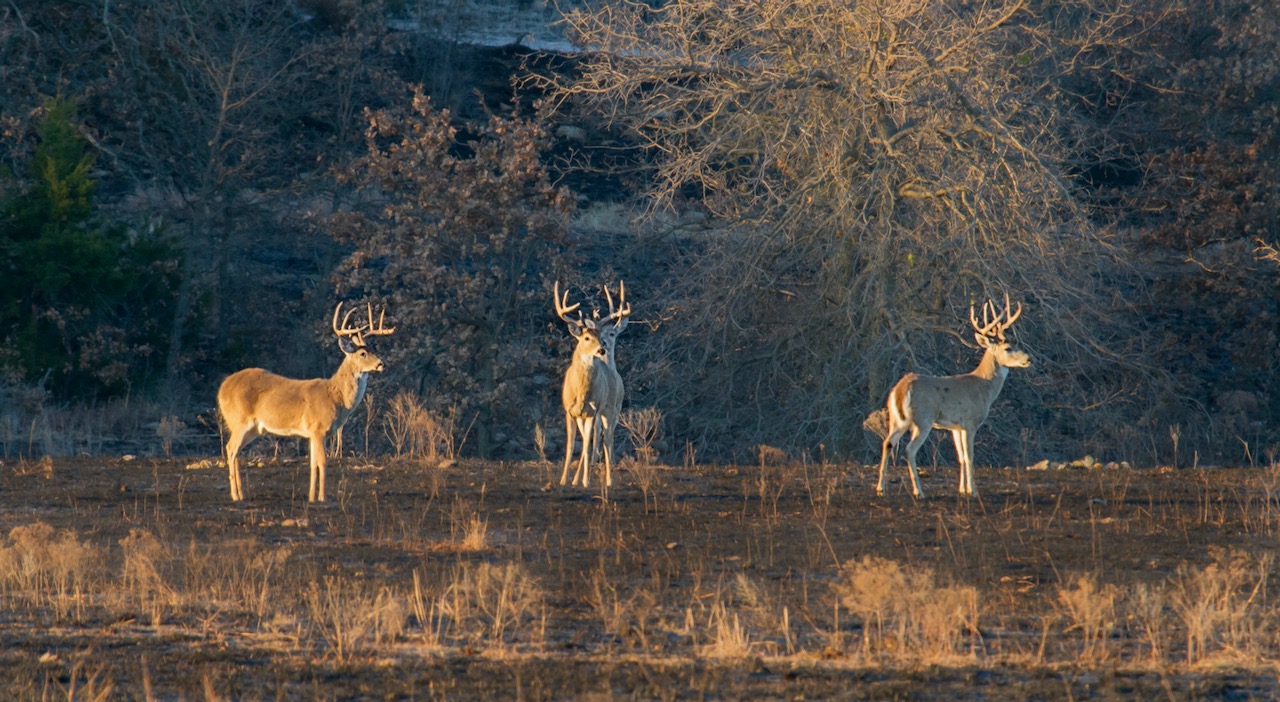INTO THE FUTURE
What challenges—and successes—will Canada’s next half-century bring for hunters and anglers? That’s up to us
Advertisement

That same misguided interest in creating new commercial possibilities also led to open-net salmon farms 50 years ago. Wild chinook and coho salmon were still abundant then. Anglers flocked to B.C.’s Pacific coast to enjoy spectacular fishing in beautiful surroundings. As with game farms, however, raising salmon in captivity creates ideal conditions for the spread of viral diseases and parasites. Now, with most Pacific salmon stocks imperiled by illnesses leaking from those fish farms, recreational angling seasons are increasingly suspended or cancelled in desperate, and controversial, efforts to save our last surviving wild fish.
In the case of salmon, it’s not just fish farms that are the problem. A half-century ago, wild salmon ventured upstream to spawn in what were among the most heartbreakingly beautiful landscapes on the planet. Now they increasingly find warm, shrunken rivers in a landscape of massive forestry clear-cuts, gravel quarries and urban development.
Advertisement
Fifty years ago, we could have fought harder for land-use policies to keep B.C.’s salmon spawning streams—and Manitoba’s walleye lakes and southern Ontario’s brook trout streams—clear, cold and healthy. But back then, there seemed to be plenty of room for everything, so most governments contented themselves (and their electorates) with weak measures that sacrificed landscape integrity and river health for short-lived profits. Too many of us couldn’t be bothered to fight for what we loved.
We live today with the consequences of an earlier generation’s conservation choices
We can’t change history. And, in truth, some things are better now than they used to be. Thanks to milder winters, more early successional forests and well-conceived hunting regulations, there are certainly far more wild deer and elk in most of southern Canada than in the 1970s. Salmon may be in trouble along the B.C. coast, but Great Lakes anglers now enjoy good fishing for introduced salmon. And irrigation reservoirs in Alberta and Saskatchewan have produced new fishing opportunities. It’s not all bad news.
But bad news is the usual outcome for complacency or denial. We live today with the consequences of an earlier generation’s choices. Our kids will hunt and fish—or not—in a Canada shaped by us. This is, in many ways, an era of last chances. So, what might the future hold? And how can hunters and anglers ensure the best possible conservation outcomes in a constantly changing world?
Advertisement

On the downside: climate change is going to be a killer. It’s hard not to be pessimistic about a world where storms are becoming more violent and more frequent, winters drier and summers hotter. Already, the signs of change are everywhere, and there’s not a lot of good news. Previously unheard-of wildlife diseases such as West Nile virus and deer tick fever have been spreading into Canada, and continue to spread as our weather becomes more hospitable to them. Winter die-offs of deer, which were once common, are now rare. That would be a good thing if it weren’t for the speedy rate at which diseases such as CWD are able to spread through dense populations of ungulates.
Fish kills are more frequent in our overheated, algae-clogged lakes, and the useful habitat for cold-water fish species such as trout and salmon is shrinking. Many streams and rivers are shrinking, too, because they rely on groundwater reserves filled each year by snowmelt and spring rains; increasingly, winter precipitation arrives as rain, and spring runoff drains overland instead of soaking in.
Advertisement
Climate change will likely deliver the final blow for Canada’s woodland caribou, already suffering from habitat loss caused by industrial-scale logging. Moose populations will probably continue to recede northwards and suffer increasingly from diseases and parasites. White-tailed deer populations, on the other hand, will expand northwards—five decades from now, there may well be some great deer hunting in the N.W.T and Yukon. Black bears will likely thrive, too; they do well in burnt-over landscapes, and there will be a lot of those. Already, fires have become more widespread and more intense in response to more frequent droughts and more severe winds.
Climate change will likely deliver the final blow for Canada’s woodland caribou
One ecologist I know says waterfowl hunting is bound to get worse. That’s because sloughs and wetlands will fill less frequently, and evaporate more quickly. At the same time, because of the hotter, drier summers, human demands on water resources will reduce the surplus water available for rivers and reservoirs. Northern waterfowl such as snow geese and cranes, at least, may benefit from milder summers in the north and increased irrigation agriculture in their wintering areas—if they don’t succumb first to pandemics such as avian flu and West Nile.
For anglers, climate change means switching from cold-water species such as trout and salmon to fish for warm-water species such as bass, as well as introduced carp and other invasive species. Salmon populations are already struggling in the southern parts of their ranges. Native salmonids elsewhere—cutthroat and bull trout in Western Canada, and brook trout in Ontario, Quebec and the Maritimes—now survive as threatened populations in tiny parts of their historic ranges. A warming world will wipe out many of those remaining stocks.
If anybody has a stake in fighting climate change and demanding a faster transition away from carbon-based fuels, it’s Canada’s hunters and anglers. Unfortunately, however, the politicization of climate change has led some outdoors people to scoff at the experts and the science, and actively resist government efforts to reduce carbon dioxide emissions into the atmosphere. That’s in spite of the fact changes predicted by climate change models—milder winters, more frequent summer droughts, more intense storms and extreme fire seasons—are already upon us. There is still time to head off the worst impacts of climate change, but the reality is that it’s already too late to avoid consequences. We’ve bickered too long.

